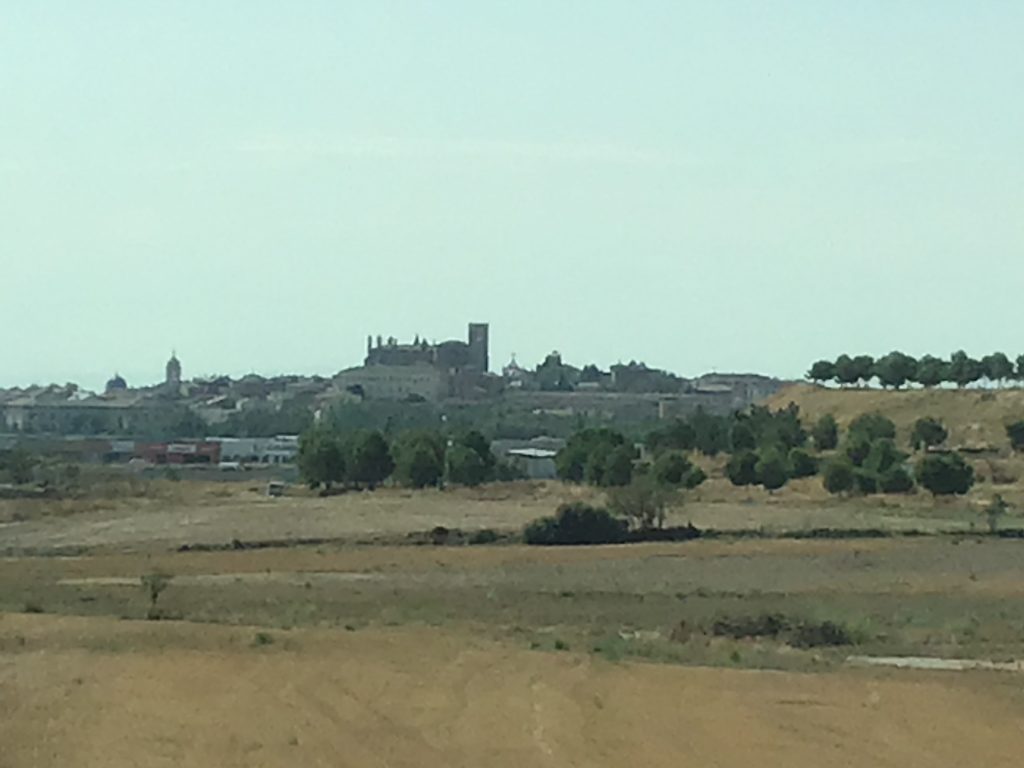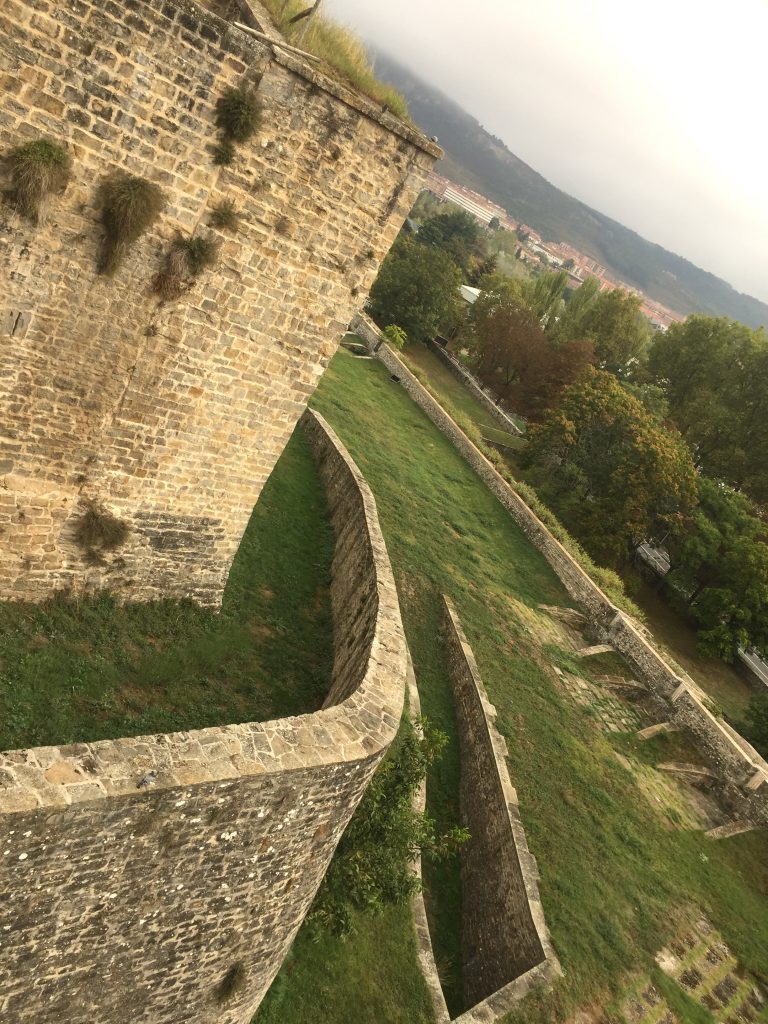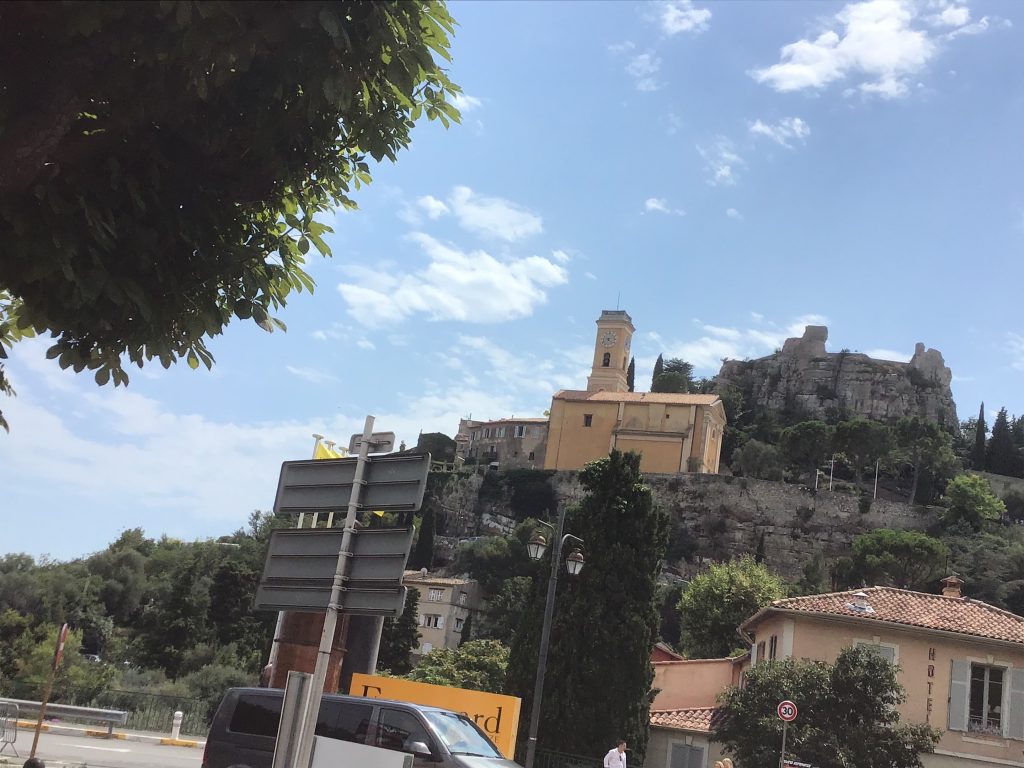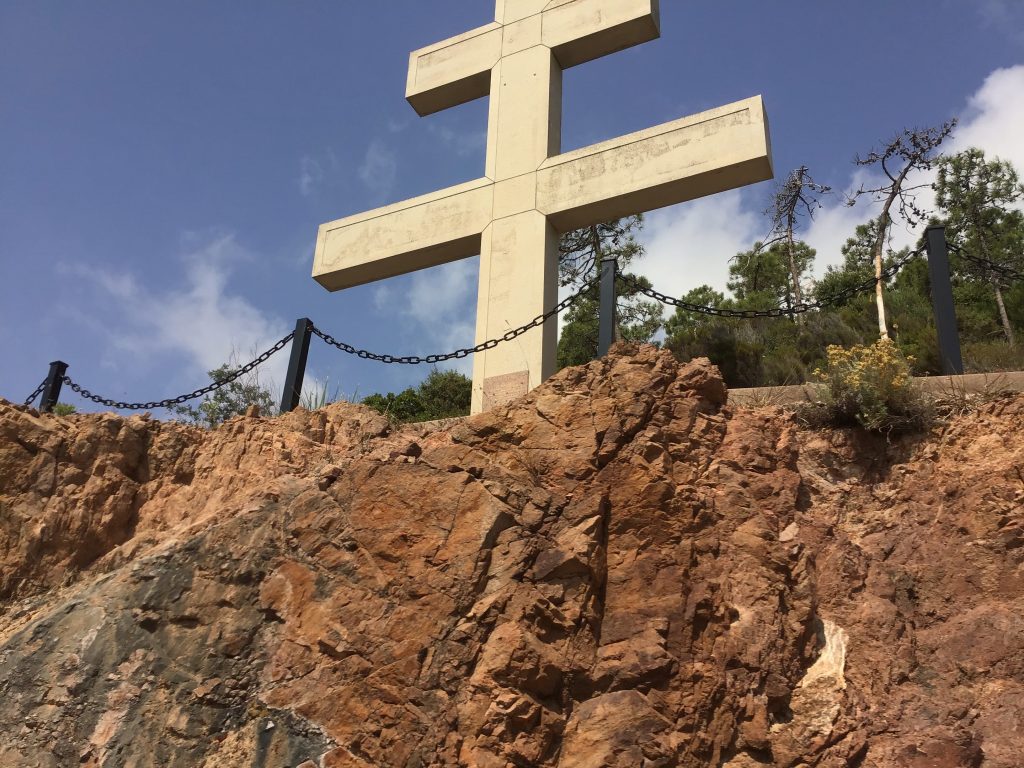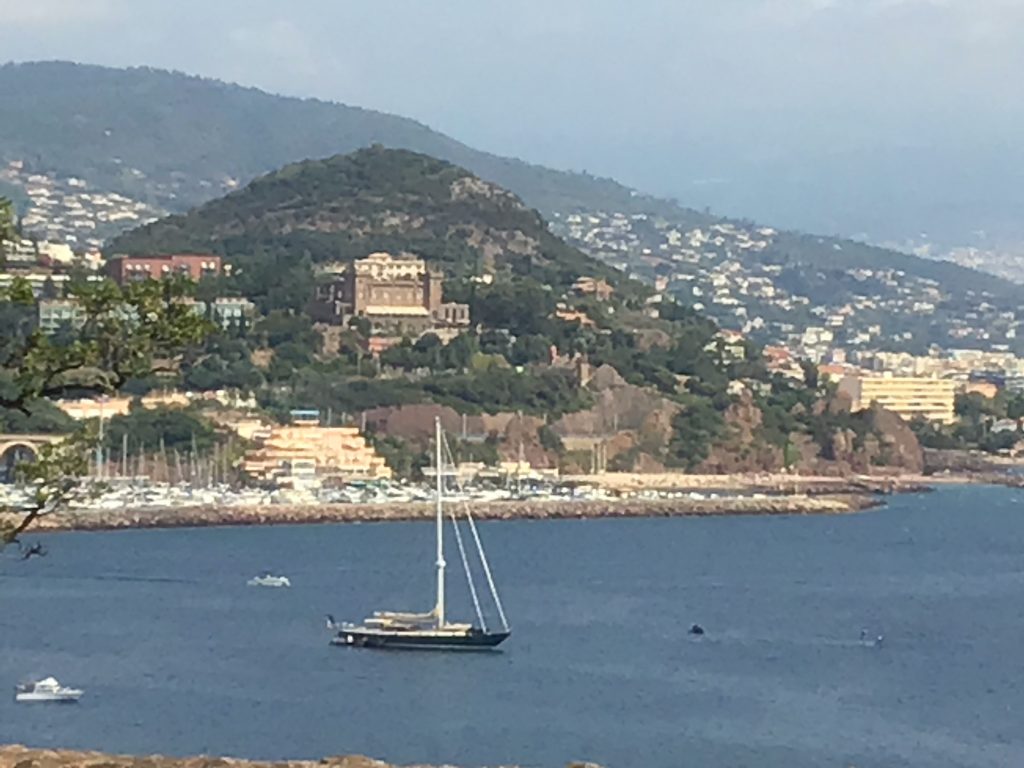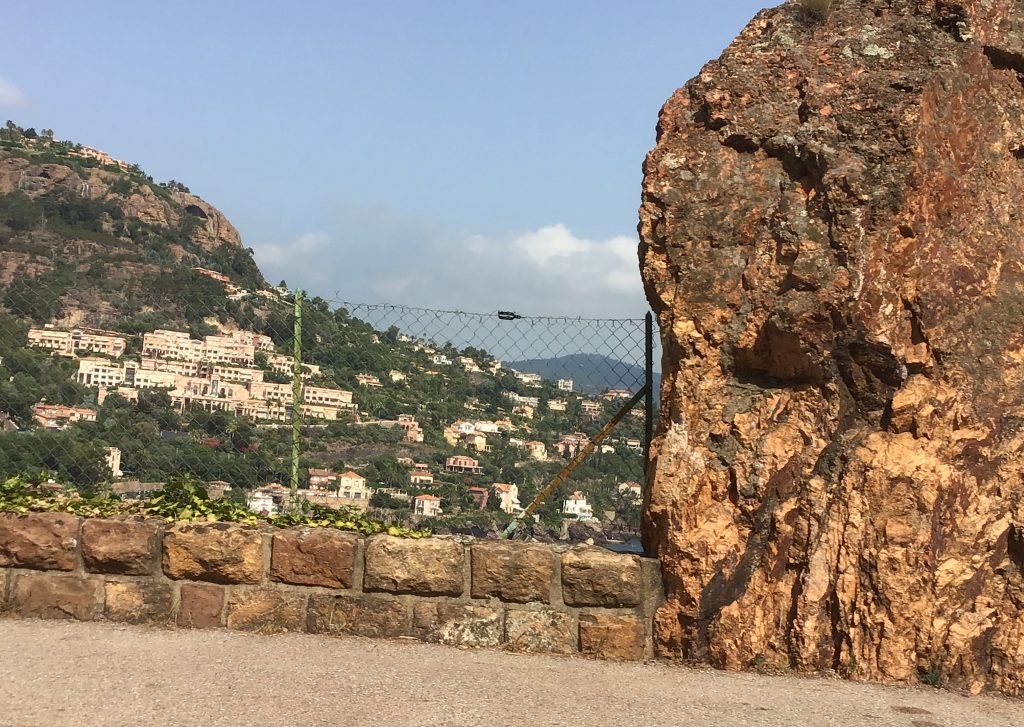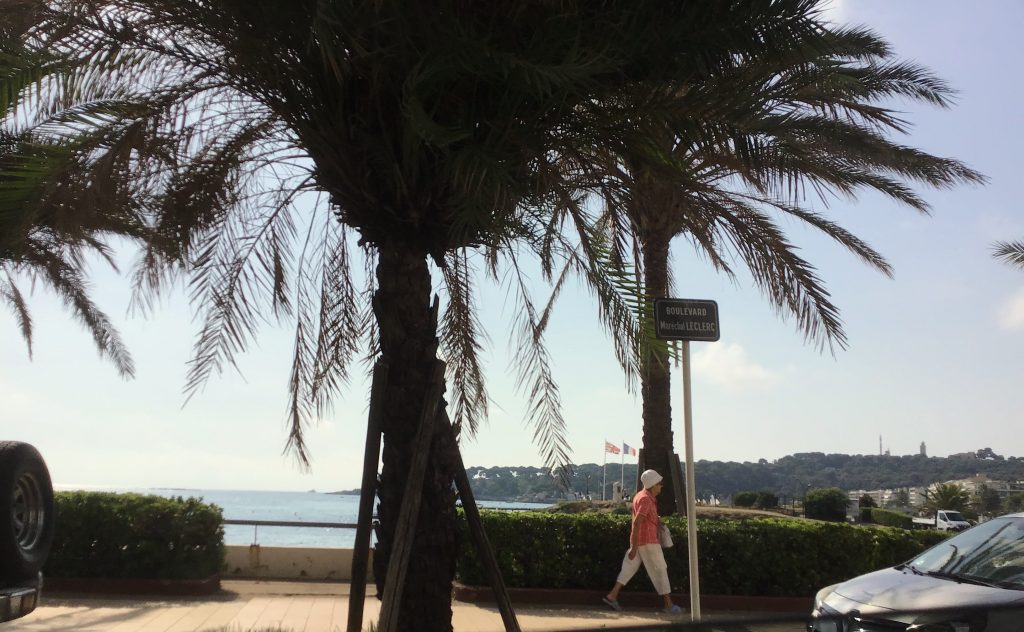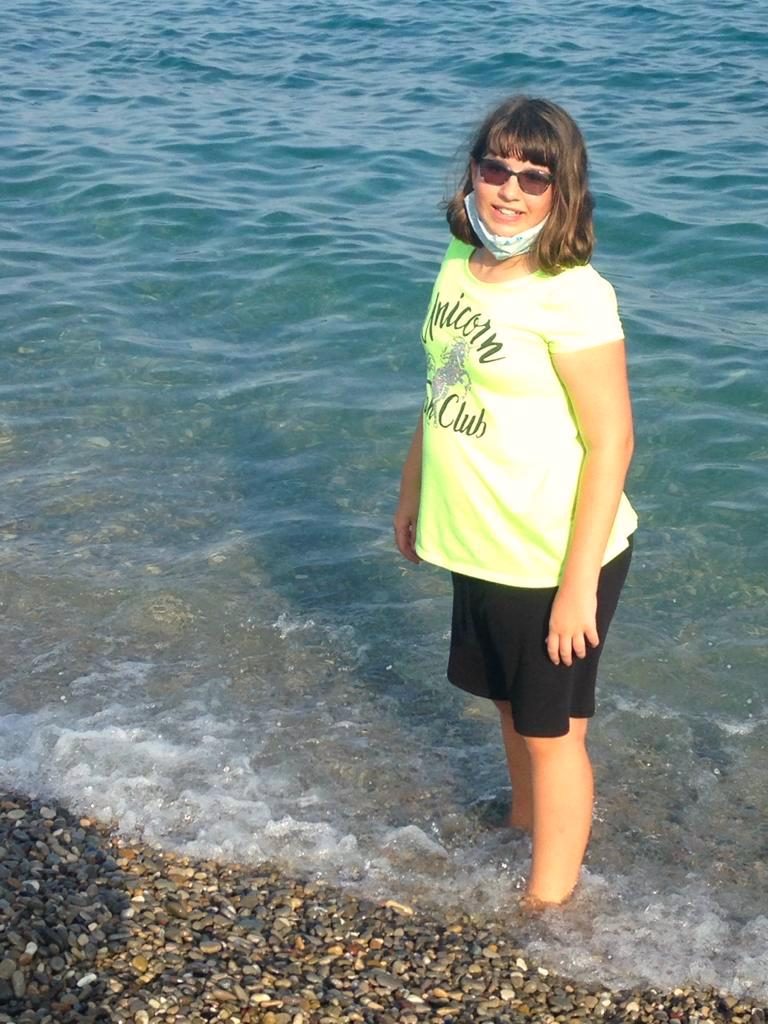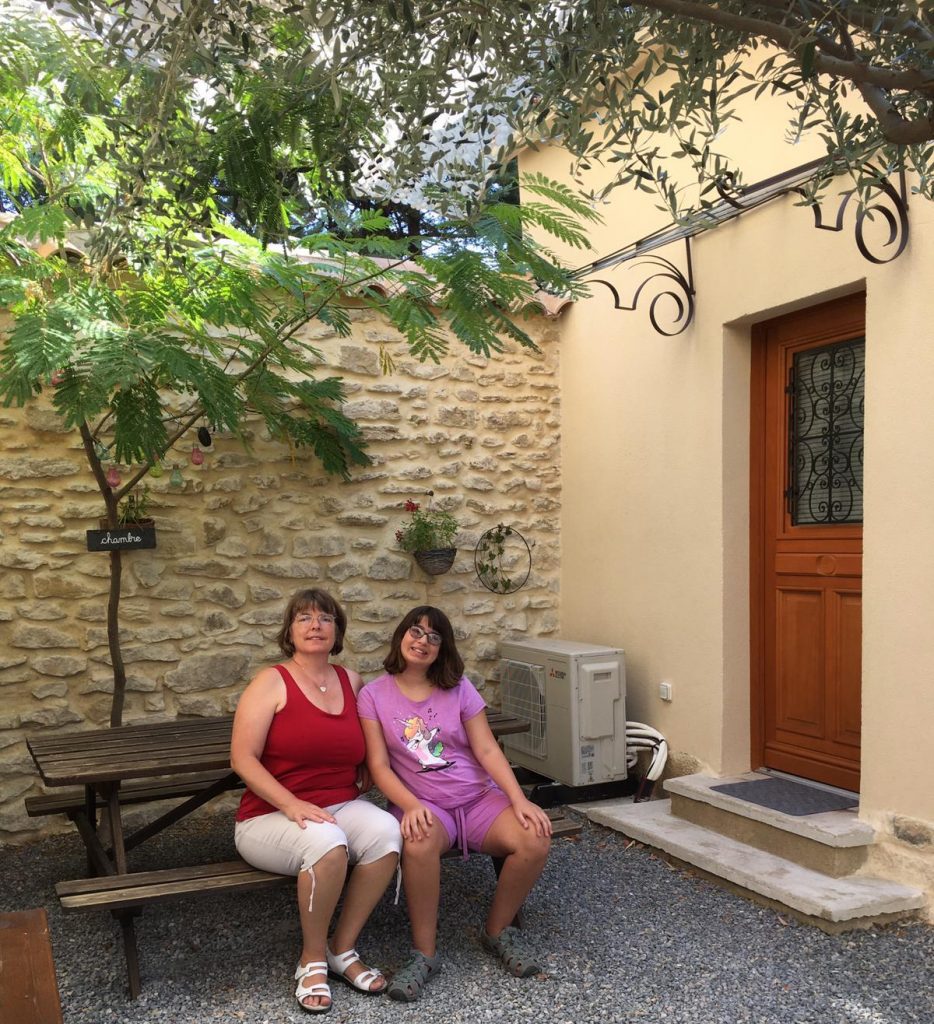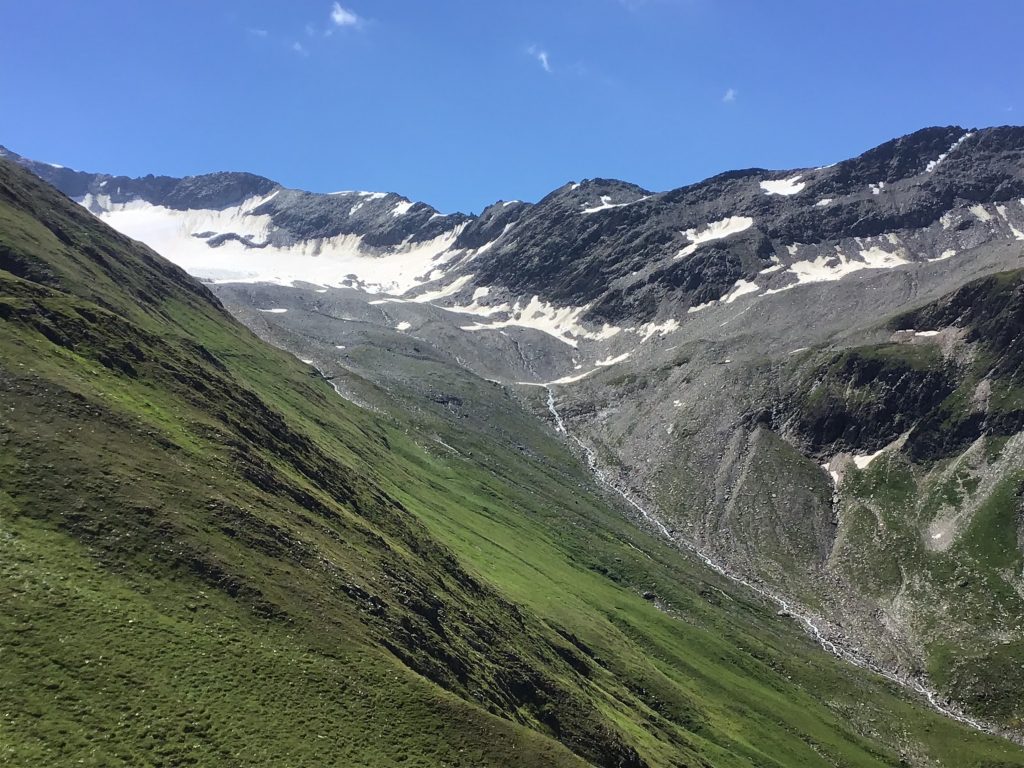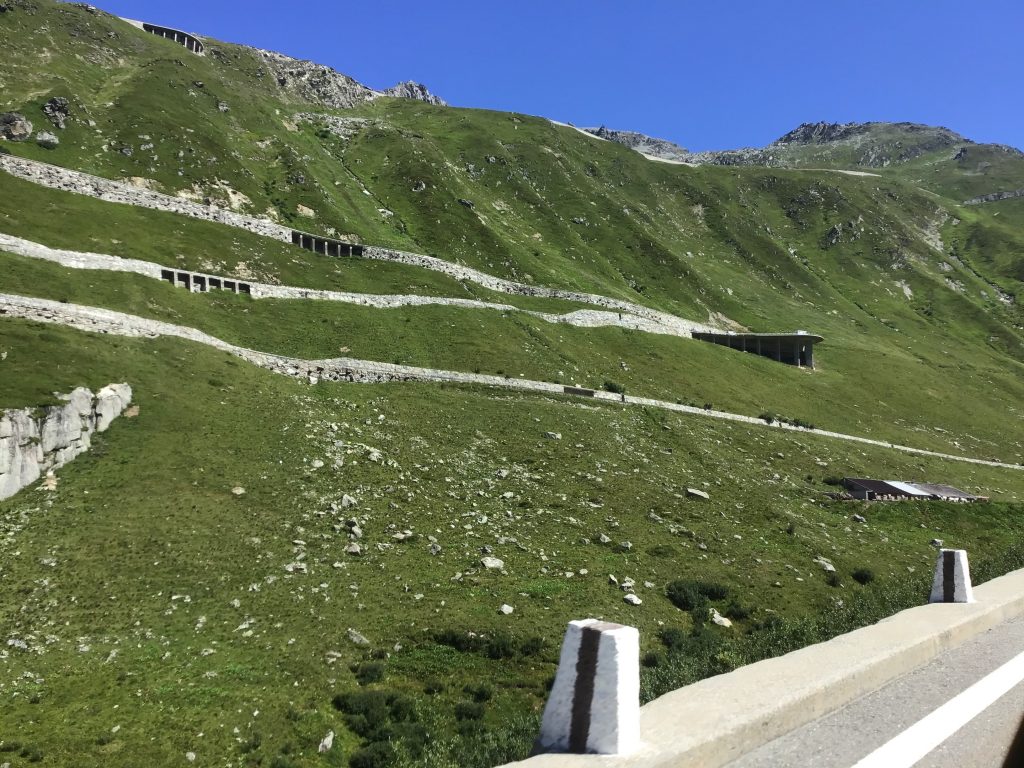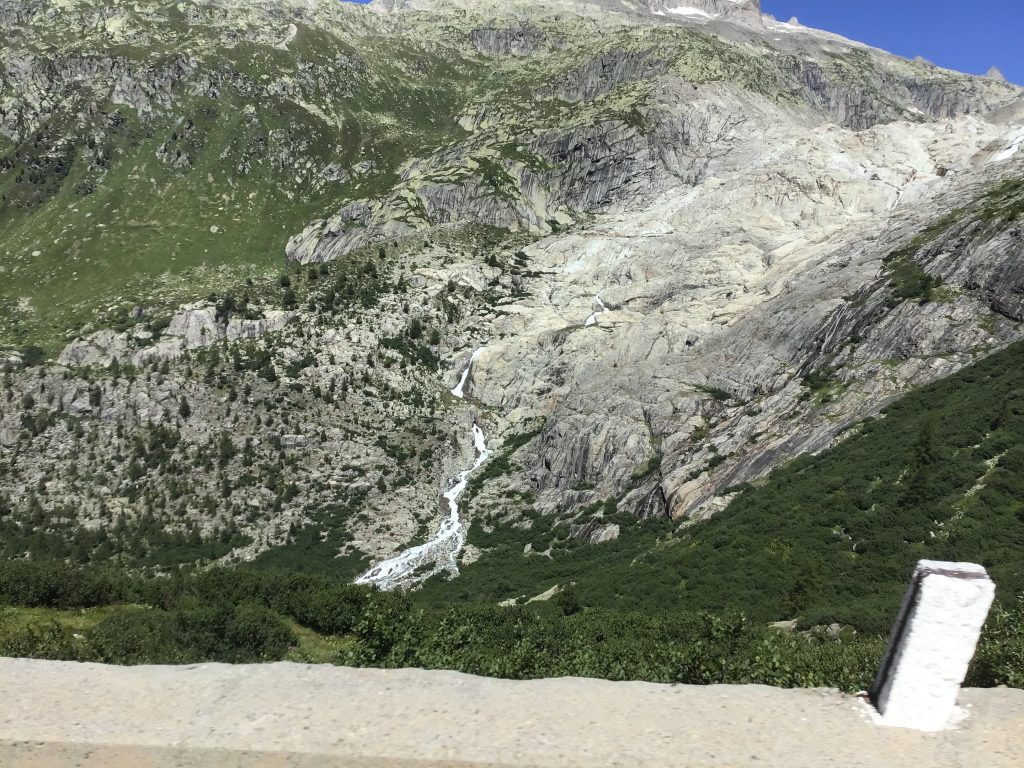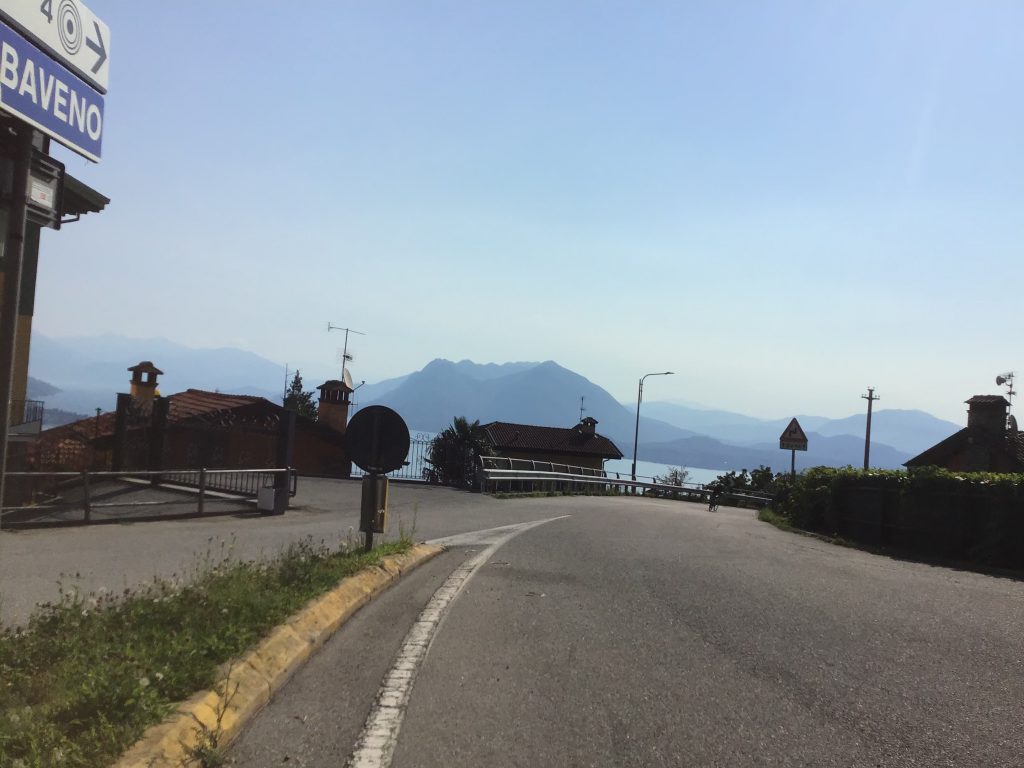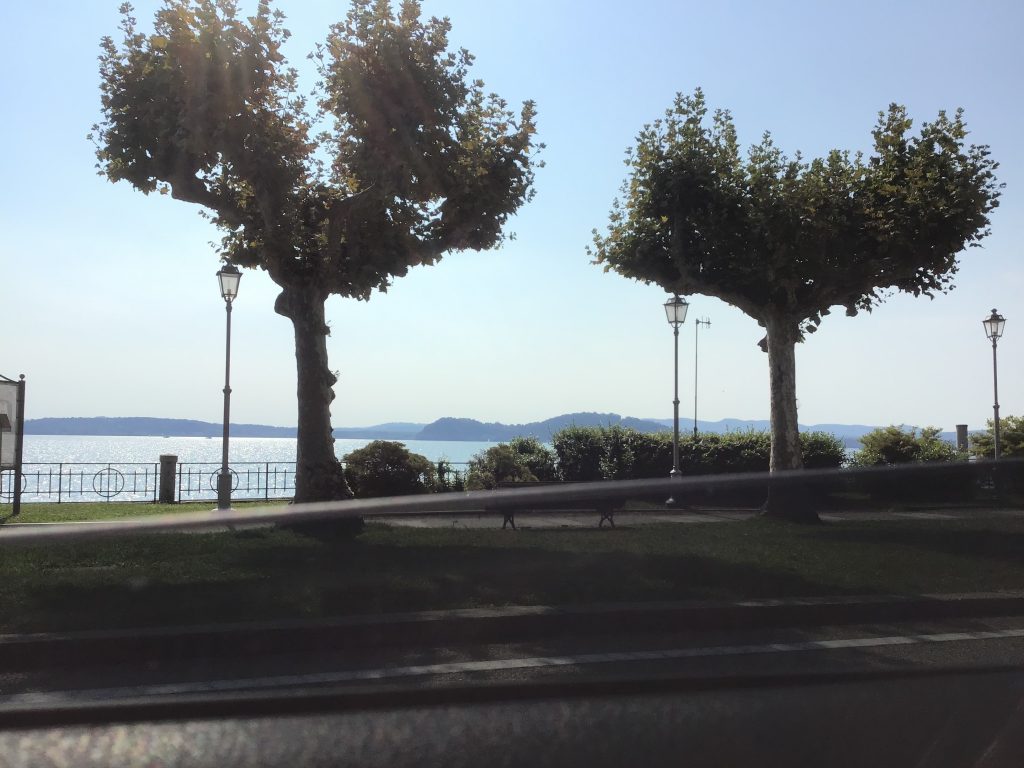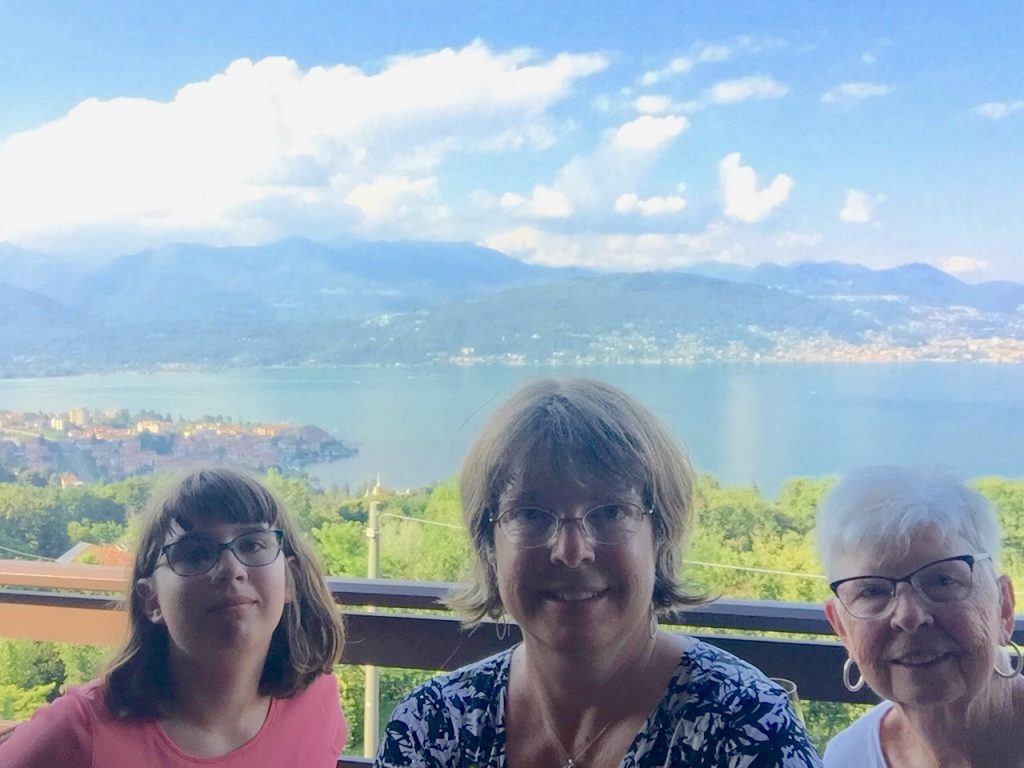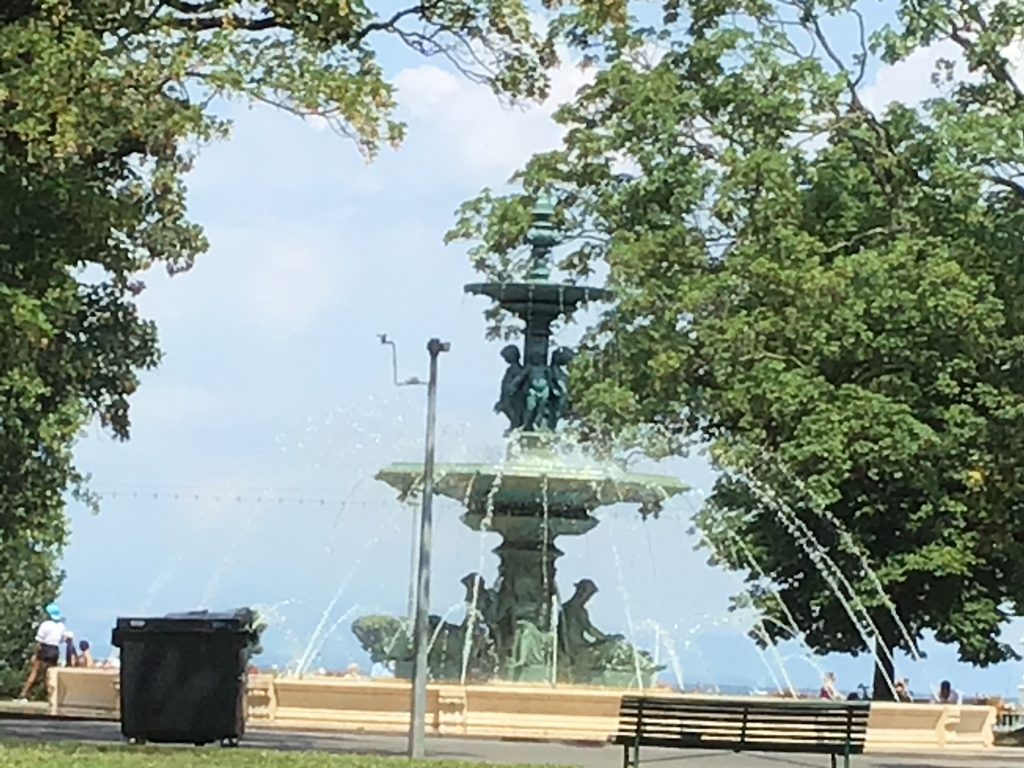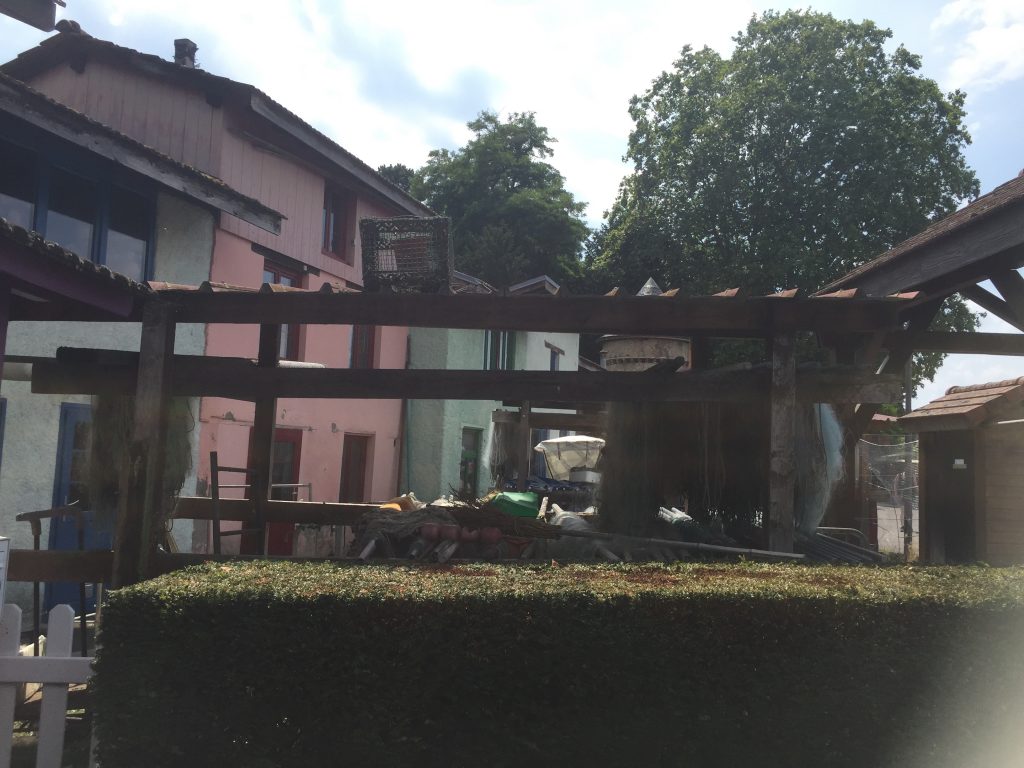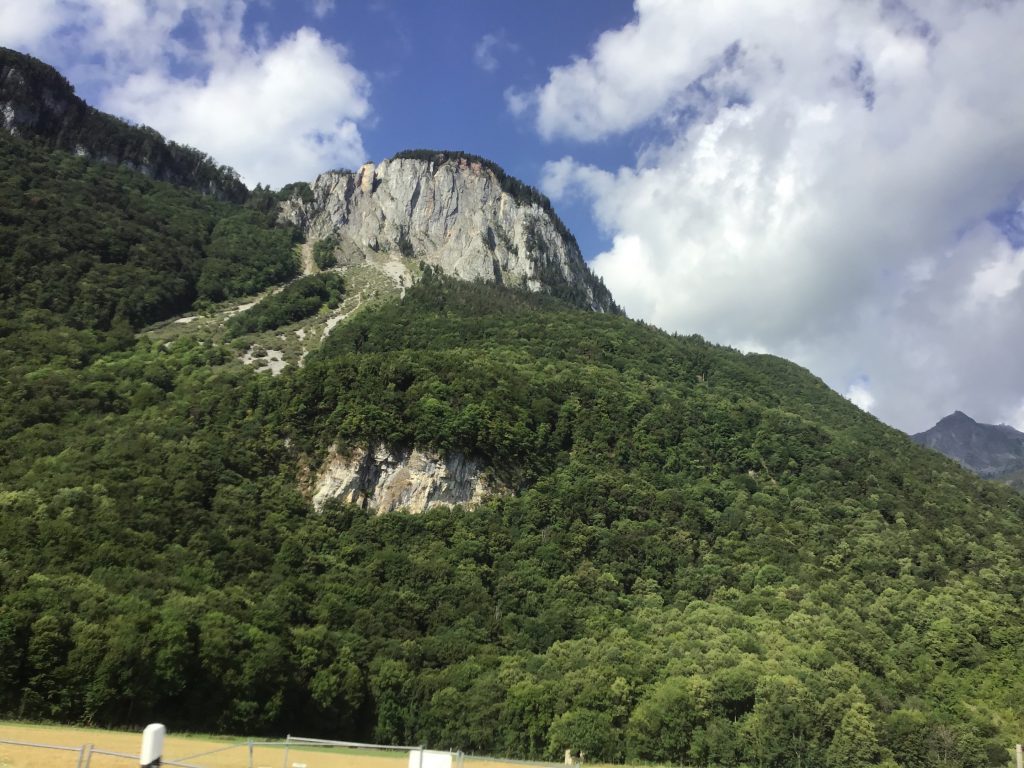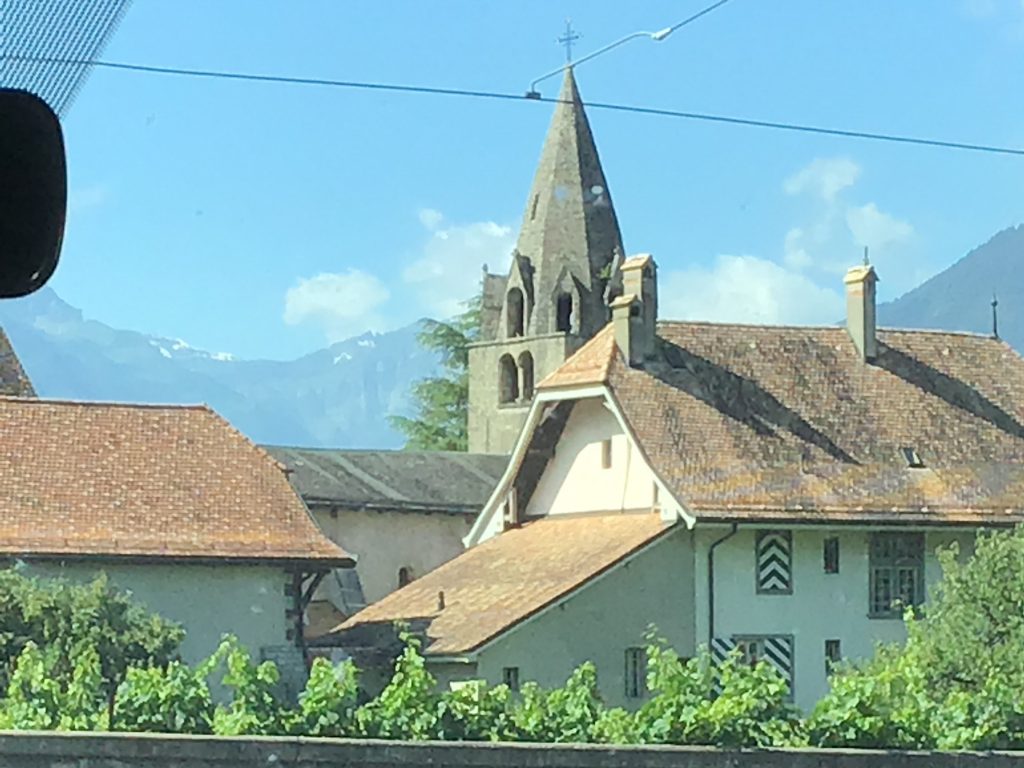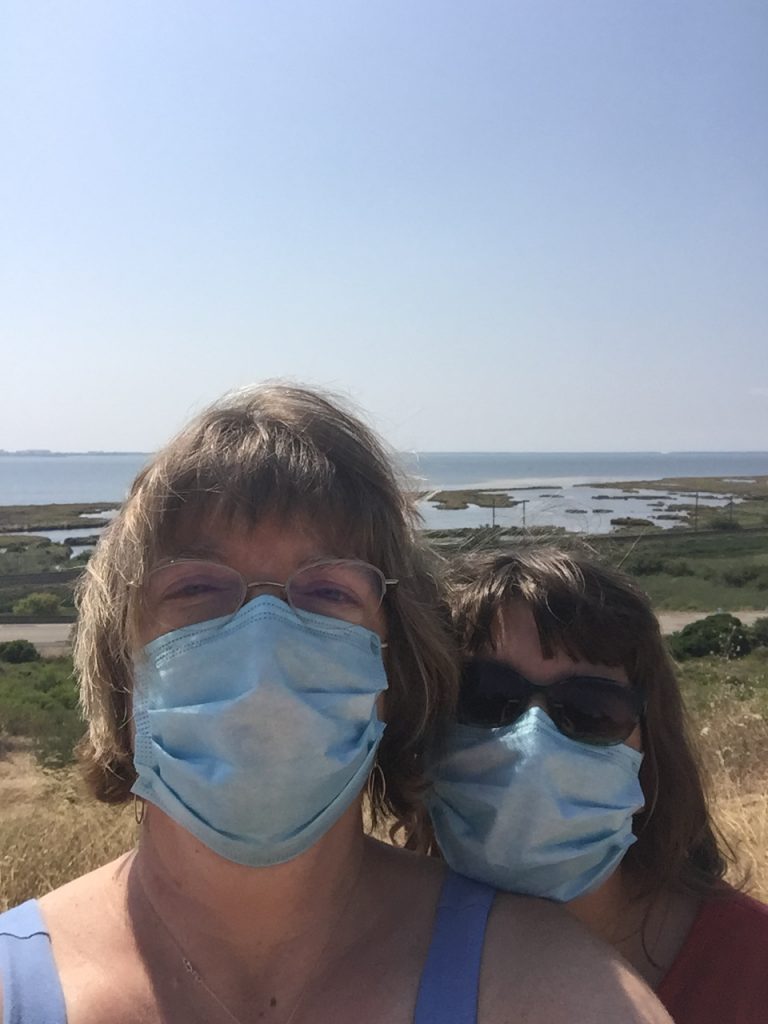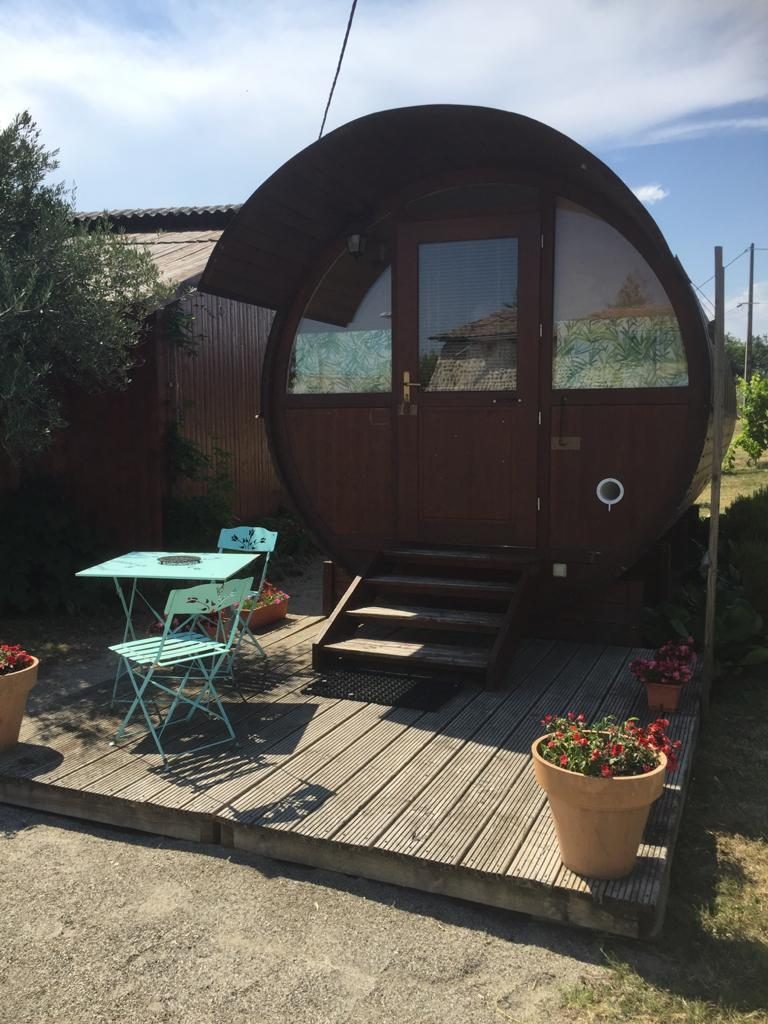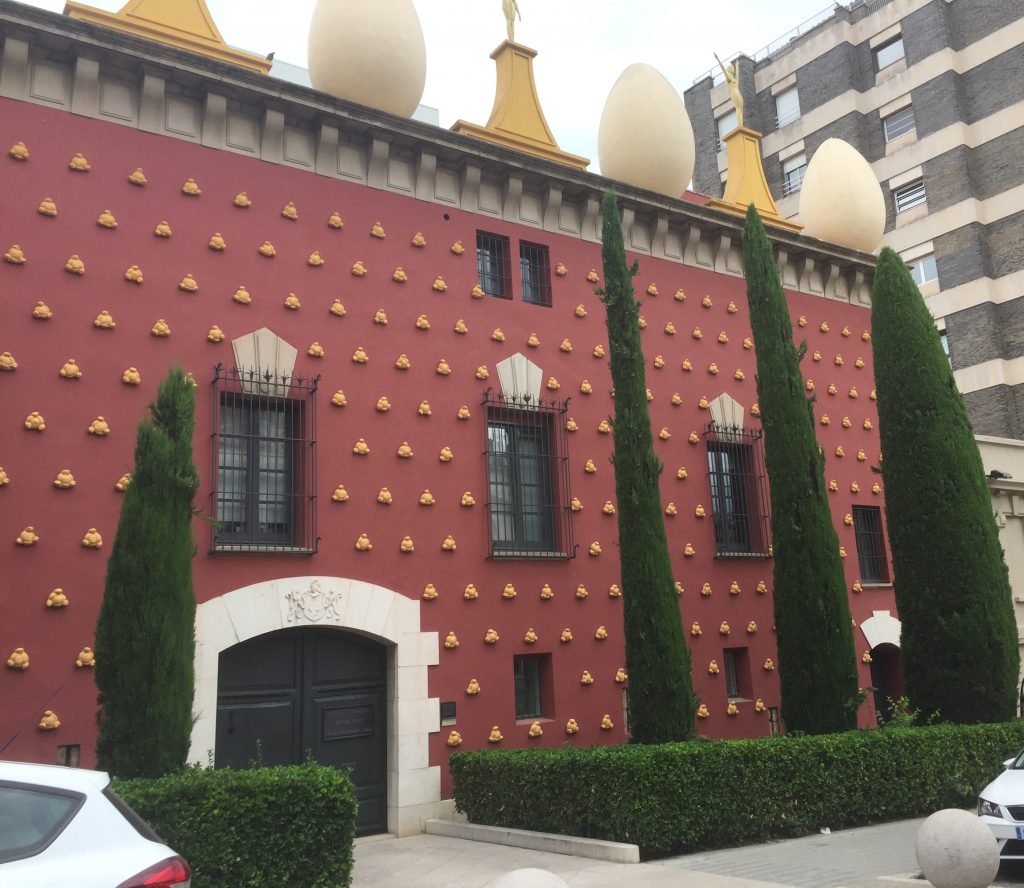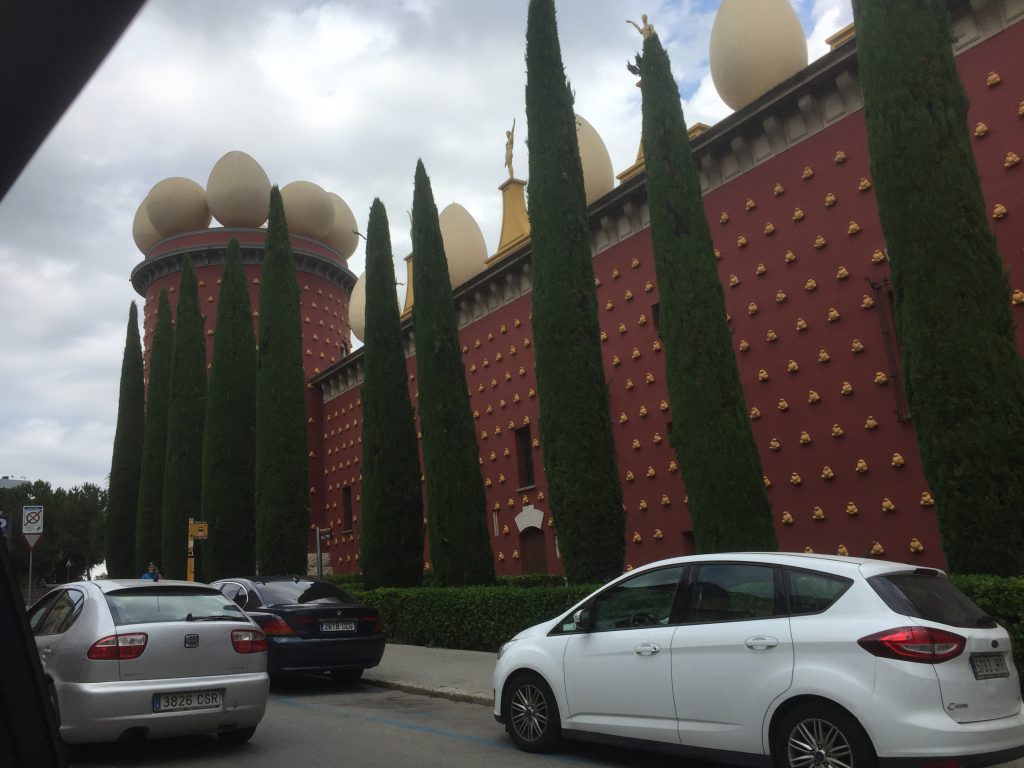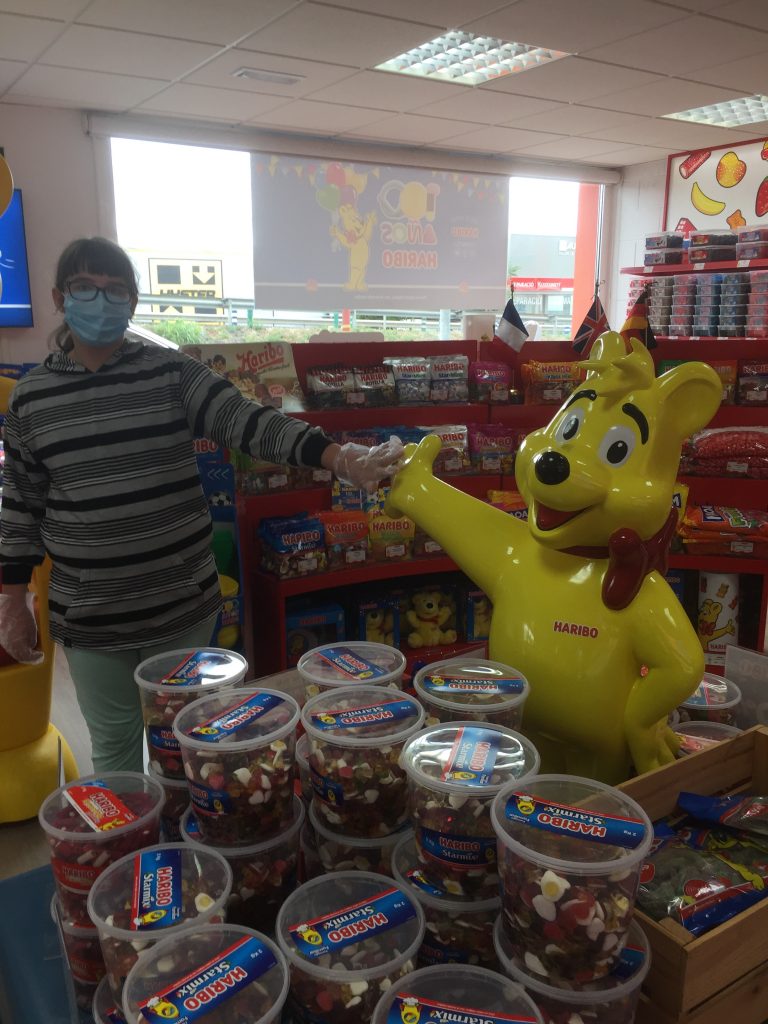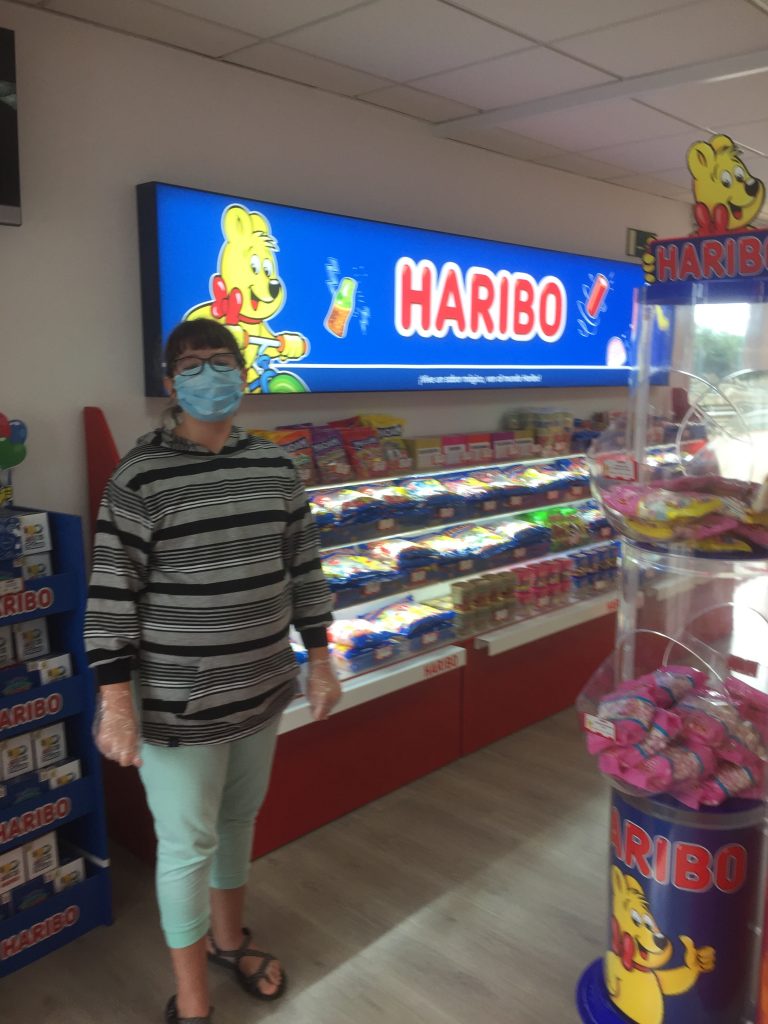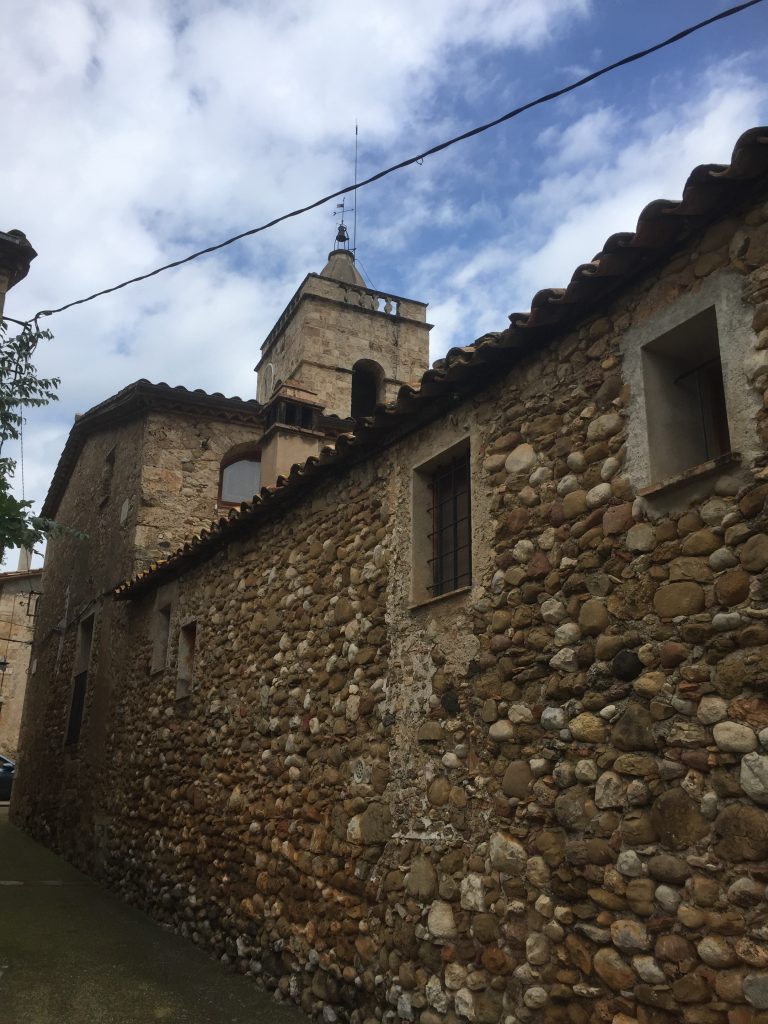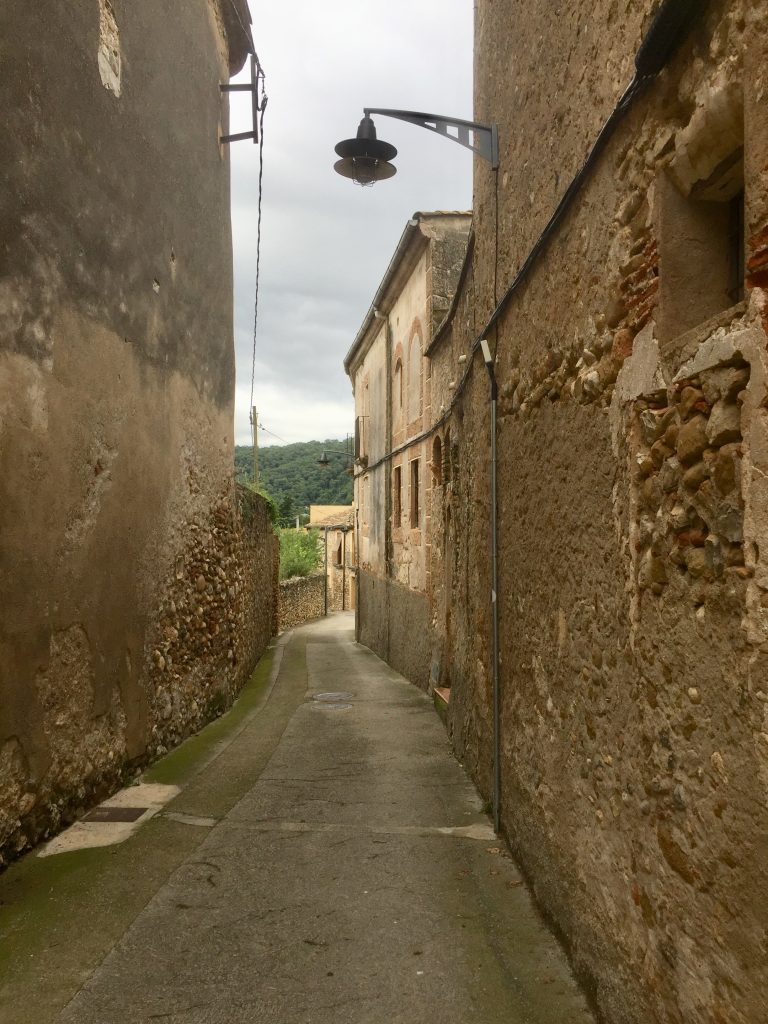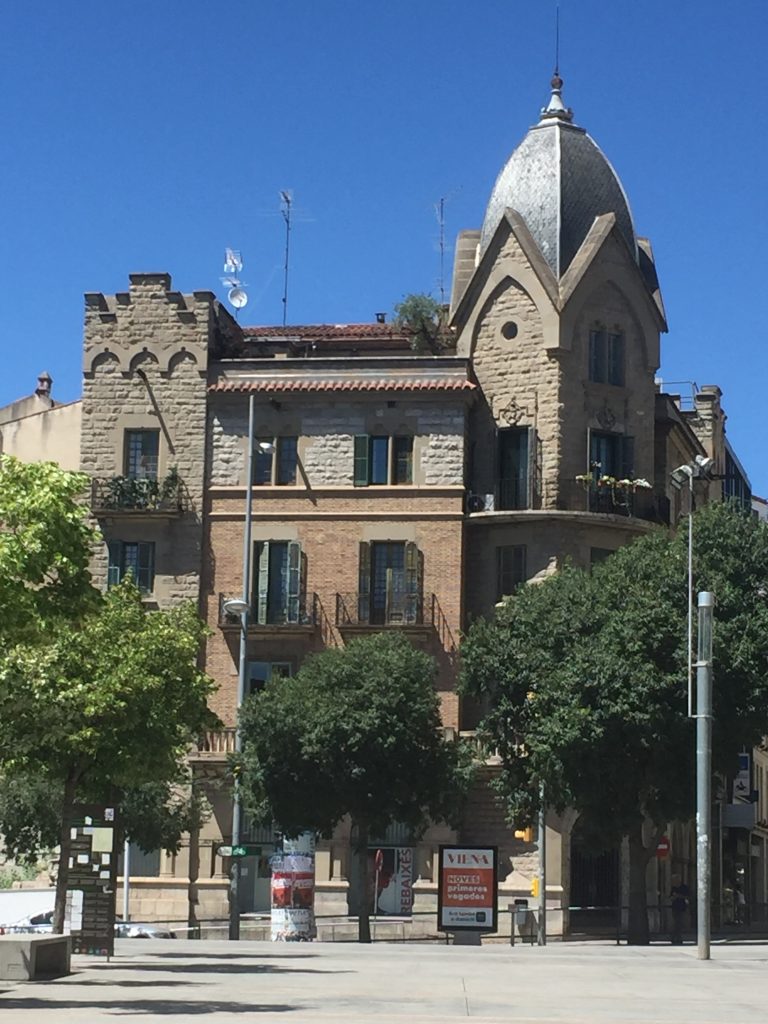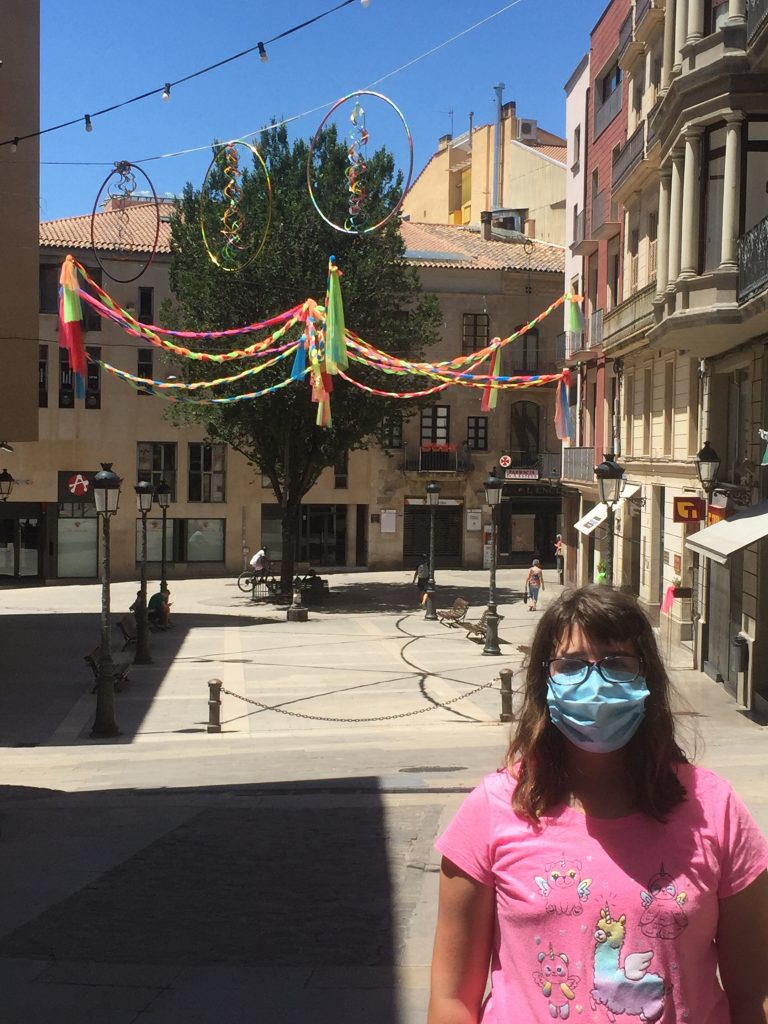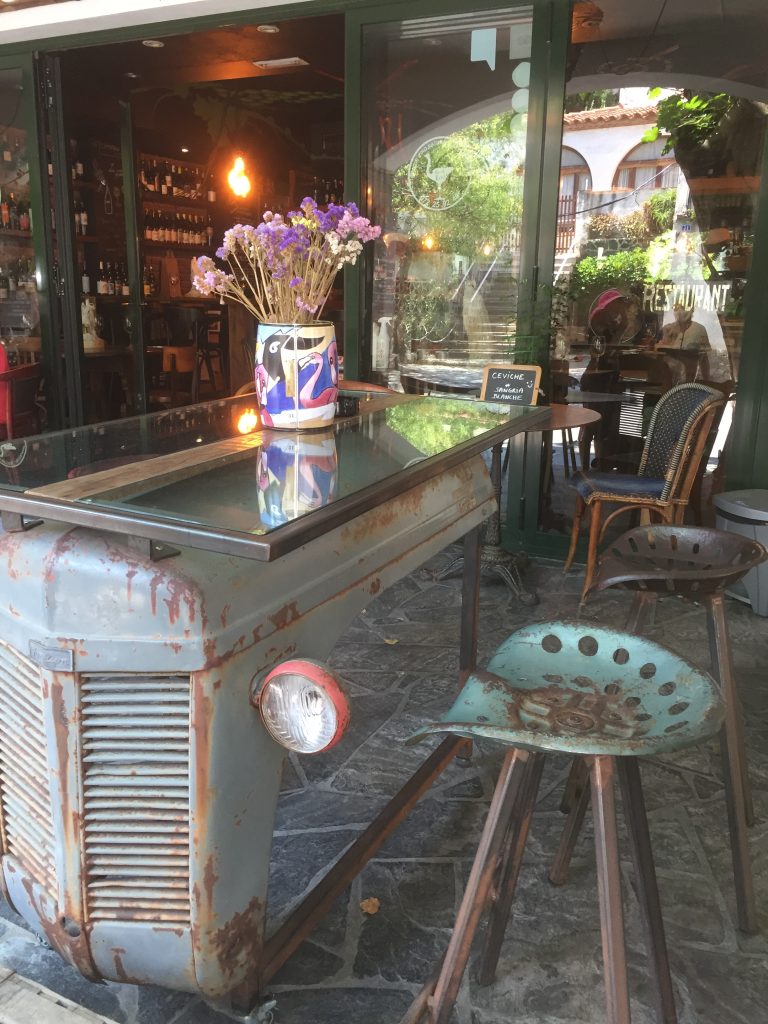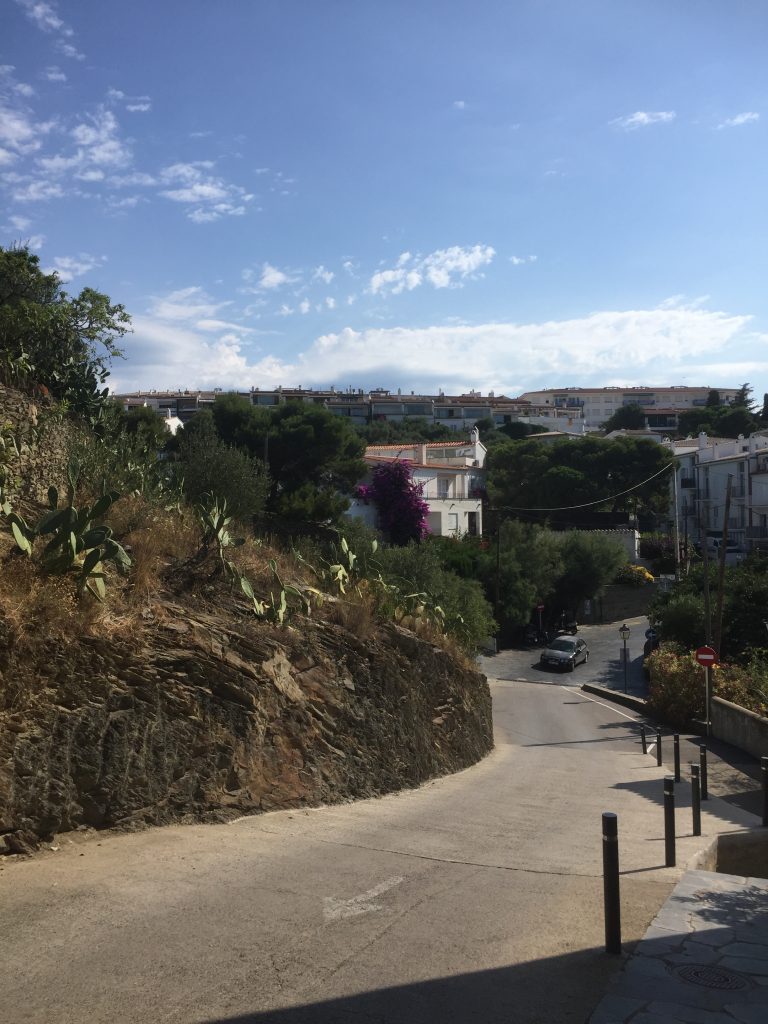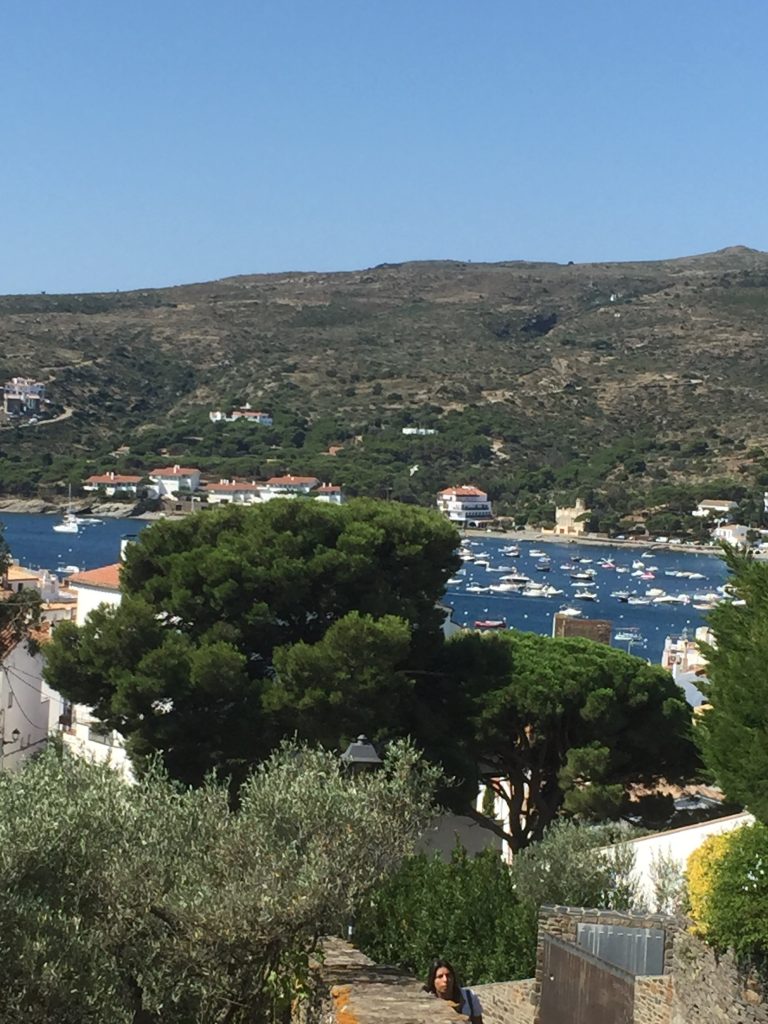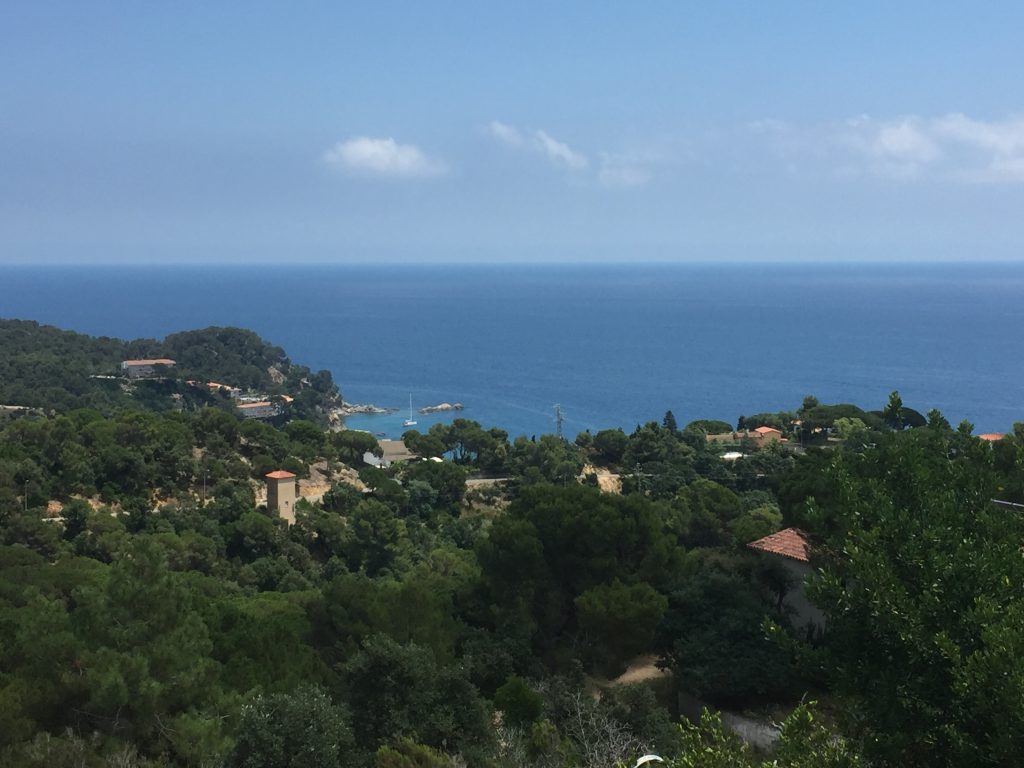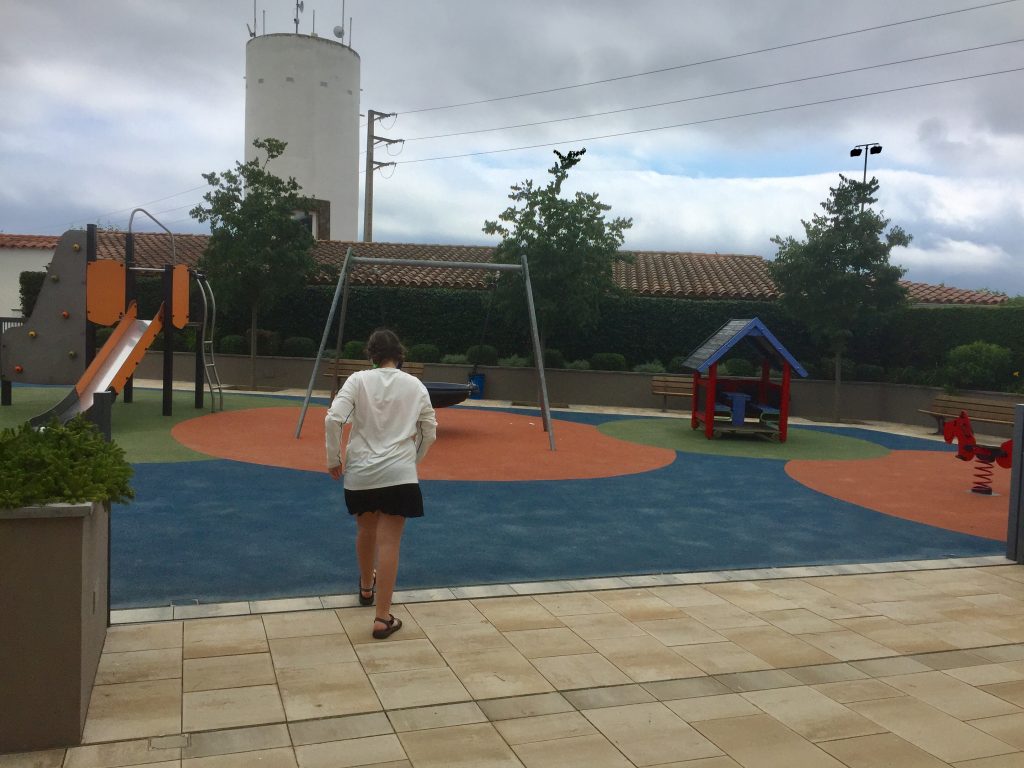
Vizcaya Bridge 
Salbeko Bridge 
Zubizuri
Bilbao is basically a city of bridges. Why that came as something of a surprise to me, I have no idea. I mean, the map of this northern portion of Spain has more twisty rivers and waterways than my grandma’s legs had spider veins. The local residents would need a way to navigate across all this water, right? Particularly when they decided to build this busy city right on the biggest varicose vein around: the Nervión River, which eventually becomes the Estuary of Bilbao.

Arrontegi Bridge 
Euskalduna Bridge 
Pedro Arrupe Bridge 
Bilbao pedestrian bridge 
Another bridge 
Areatzako Bridge
Maybe that’s what Bilbao means in Basque: “basically bridges”? The whole place is crazy with them!! And, they are all works of creative architectural design. The Spanish are not afraid to create functional art – let me tell you. These aren’t simply structures designed to move people or cars over rivers, ravines, train tracks, other roads, etc. Oh no. Many were flat out awe-inspiring. They were “OH MY GOD! Pull the car over, Stanley! I wanna take a photo!” creations. Sometimes colorful, sometimes monochromatic. Modern, traditional, gothic, adorned and plain – every single bridge we saw was unique. In fact, I could spend this entire post telling you all about the many, amazing bridges we saw in Bilbao. However, that would not do justice to all of the other fascinating and fantastic sights we saw while we were there. So I will just throw in some photos and mention only one or two of our favorites. Suffice it to say, if you go to Bilbao, plan to see some cool bridges, in addition to the Guggenheim, of course.

Udaletxeko Zubia 
Estuary of Bilbao 
Steps up Salbeko Bridge
We spent two whole days in Bilbao – the longest amount of time we planned to spend in any one place for this particular trip. The biggest reason for the extended stay was the Guggenheim museum. Those of you who know me very well are probably thinking “Really?!”. Anyone who remembers our trip to Madrid (¡Hola Madrid!) may recall that I am outnumbered by museum lovers in this family. Such is my fate. The decision to visit the Guggenheim, or “Goog” as I call it, was entirely Allita’s and primarily because of a dog. Actually, a statue of a dog. A West Highland Terrier, to be exact. A massive statue entitled “Puppy” that is made almost entirely from LIVE blooming plants that are somehow shaped in the form of a nearly 12.5-meter tall dog (more about Puppy). It sits outside the museum. The decision to go inside the museum was my mother’s. These particular decisions I do not question, therefore I can only assume her rational was because it’s the Guggenheim. I mean, come on. Even I know that’s a thing.

Puppy in distance 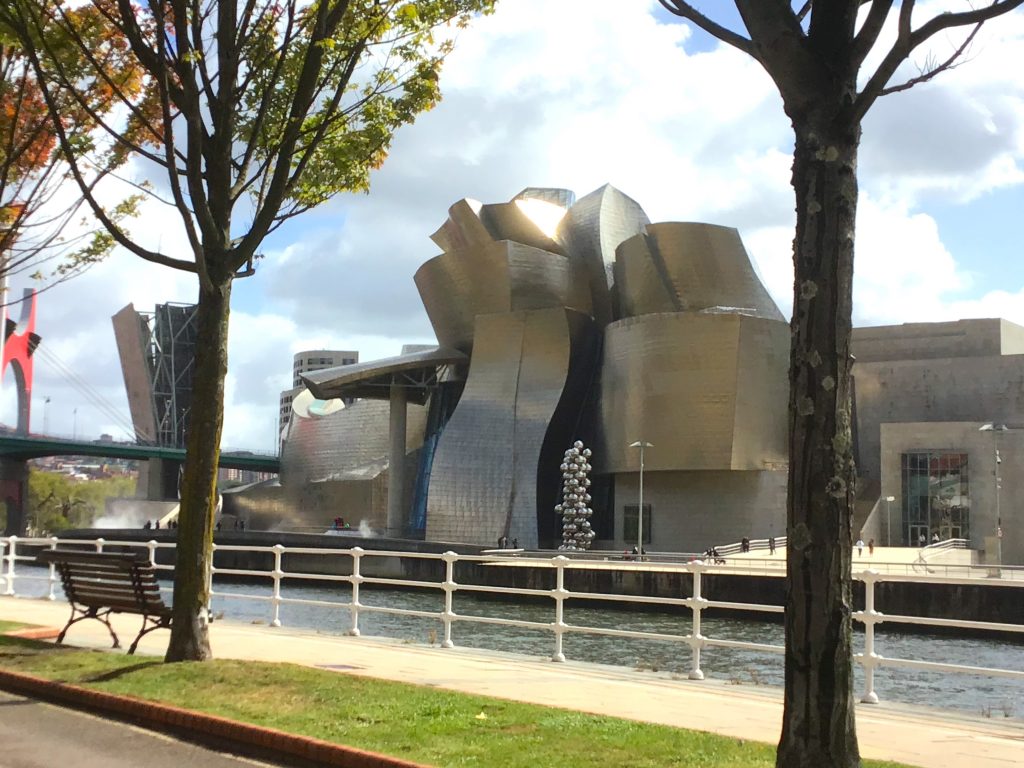
Guggenheim rear 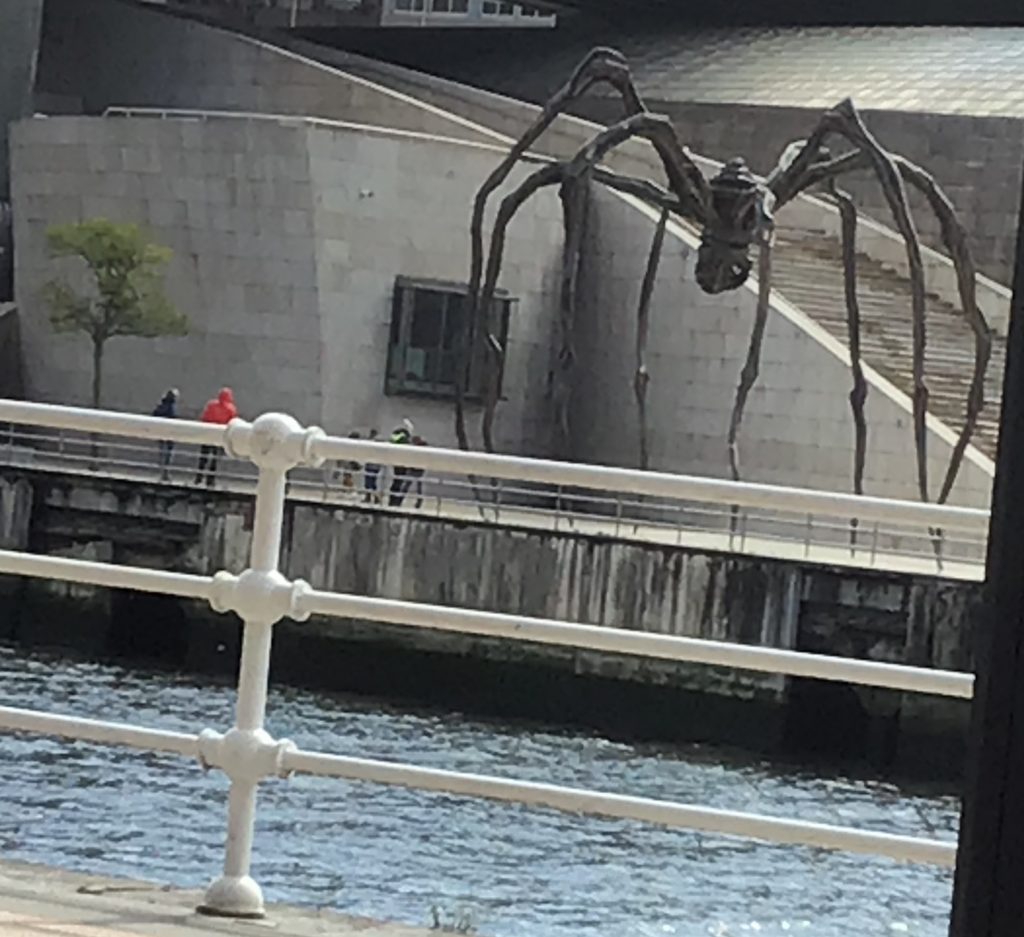
Gigantic spider statue
We stayed at the Hotel Bilbao Plaza. It sounds more luxurious than it really is (“We stayed at ‘The Plaza’”- just has a ring to it, am I right?) and it was a nice enough place with an excellent view of the Estuary and the Udaletxeko Zubia (bridge). All of the Bilbao bridges are named. I guess if you are going to create something amazing like that, you should probably give it a name. Also, if you leaned a little out of the window in our room and looked over the massive trees lining the promenade along the river, you could just make out the Zubizuri bridge, which was one of my personal favorites. We chose this location because it was halfway between the Guggenheim and the Old Town of Bilbao. The two main places we planned to visit. Also, it was within easy walking distance of the Artxandako funikularra Geltokia, a.k.a. Artxanda Funicular. It’s the single track funicular that takes you up Artxanda Mountain where you can enjoy a lovely park, some restaurants and, most importantly, the best view of the entire city.

Walking the promenade 
Areatzako Bridge 
Graffiti bridge 
View from Artxanda Mountain 
Pintxos!
It rained on us off and on while we were in Bilbao. The storm had followed us from San Sebastian and it hit hard the first night we were there. Fortunately, as a result of a sudden downpour, we found ourselves eating dinner inside the most amazing Basque restaurant in Old Town – enjoying berenjenas rellenas (stuffed eggplant), marmitako (fish stew), pisto (ratatouille) and, of course, Sagardoa (apple cider). Yum! Allita decided that she does not care for sheep milk cheese, but I was proud of her for at least trying it. What is a trip to Basque country without gastronomical adventure?? We walked to the Guggenheim early the next morning since we had tickets for the moment the doors opened. Then we explored the nearby park and saw the Iberdrola dorrea (very tall building), the monument to the sacred heart of Christ, and more bridges (Euskalduna Zubia and Deustuko Zubia).
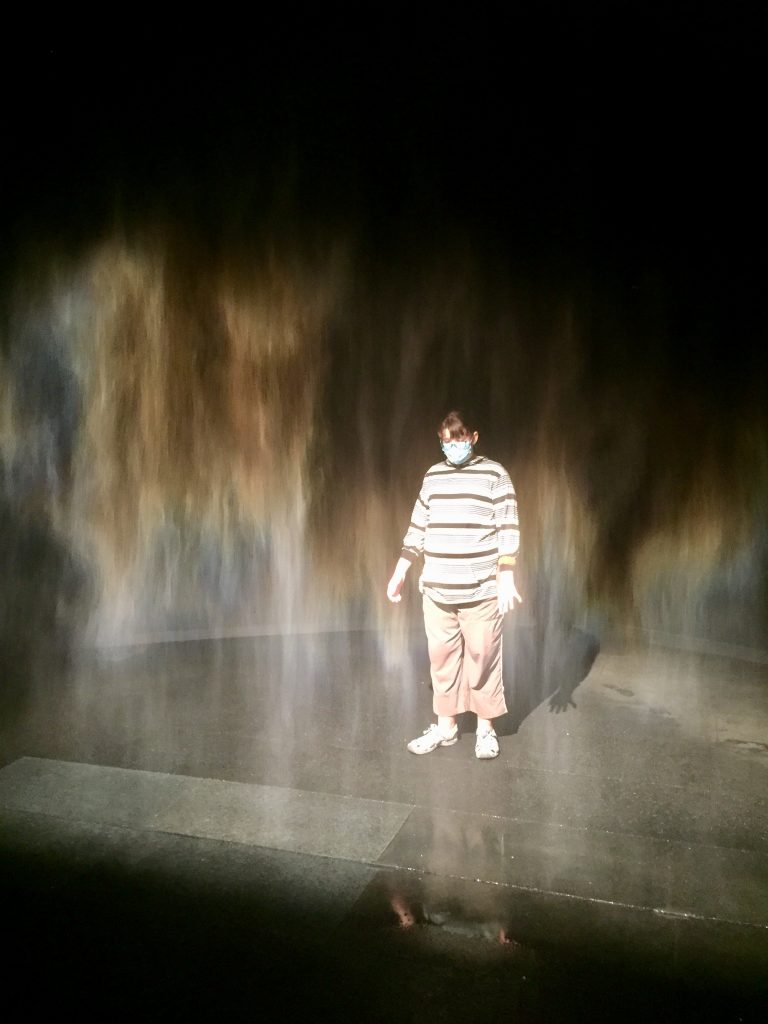
Becoming art 
Misty Goog 
Interior Goog 
Inside art 
Allita reflects art 
GG and Allita inside Goog 
Foggy exhibit 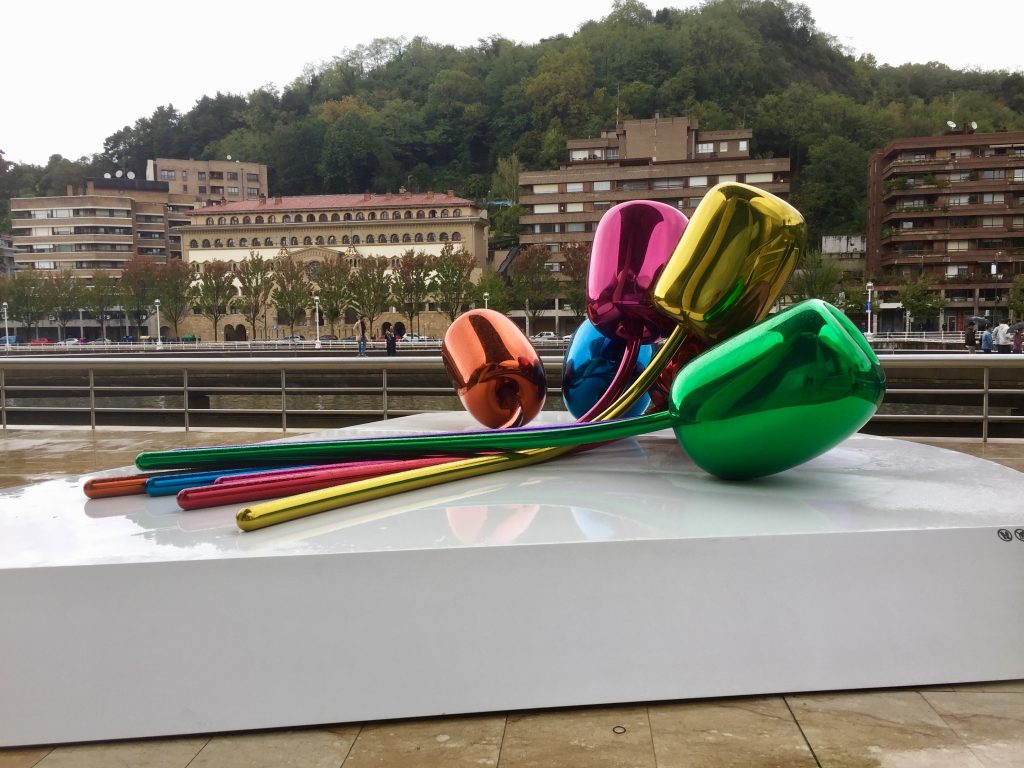
Remembering Allie 
GG reflects art 
Big no-no pic
Some of the exhibits in the Guggenheim are interactive. You are also allowed to take photos. However, the eagle-eyed docent was quick to advise us “no-no” in one special area. I managed to snap the shot before she pounced. Outside the Guggenheim, on a periodic basis, giant vents release misty fog along the ground that creates a very eerie atmosphere. It also made it hard for us to see the sometimes uneven ground. Yikes! One specific piece really pulled at my heartstrings – the colorful statue of a giant bouquet of tulips – my grandmother’s favorite flowers.
We spent most of our time on foot, but we did take one driving trip along the river and toward the harbor specifically to see the world famous Bizkaiko Zubia (Vizcaya Bridge). The world’s first iron suspension bridge designed to carry people AND cars in a high-suspension gondola. Again with the bridges. I know. But this one is fairly awesome and we just had to see it. Although none of my compadres were willing to actually ride across this bridge, we did park the car and got out to watch it travel back and forth. And, of course, we took lots of photos. One interesting point about this bridge is that it was designed by a Spaniard (Alberto Palacio) who studied architecture in France under Gustave Eiffel. Yeah, the Eiffel Tower guy. It’s a completely cool design that allows ships to easily pass on the waterway as people and cars cross over it but doesn’t require great lengths of sloping roadway on each side in order to raise the people and cars to the necessary height. In fact, the puente colgante (“hanging bridge”) gondola skims right above the surface of the water! Actually, here’s a link to the wiki page because my photos don’t really do it justice.

Vizcaya Bridge 
Vizcaya Bridge Gondola 
Vizcaya Bridge
We left Bilbao in the early afternoon of what was technically our third day in the city but was only our second morning (think about it…). The weather was nice – calm and mostly sunny – and we headed down the AP-68 towards Logroño in the heart of La Rioja, Spain’s most famous wine region.


















































